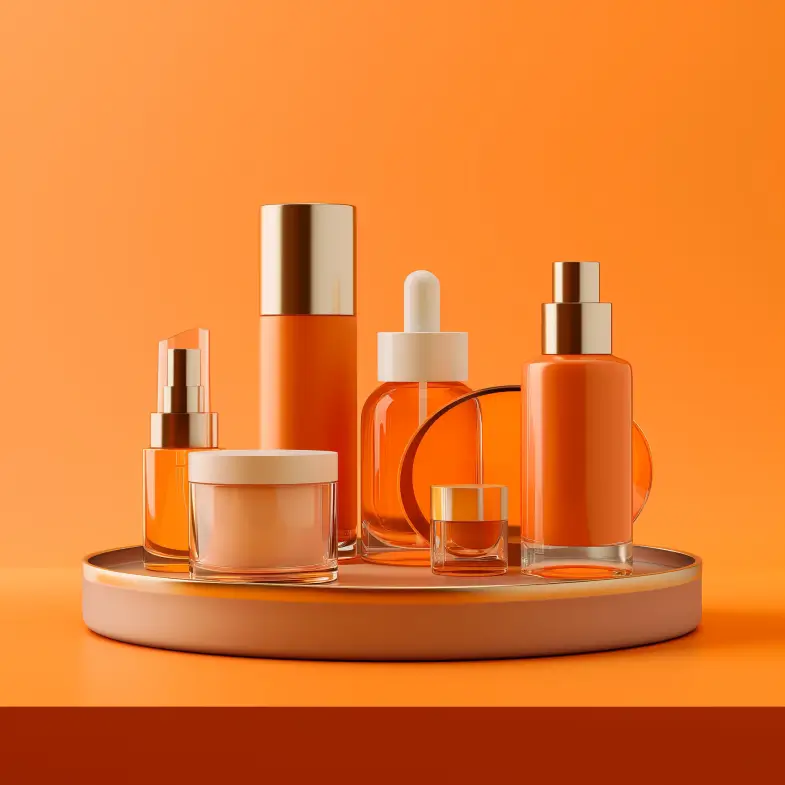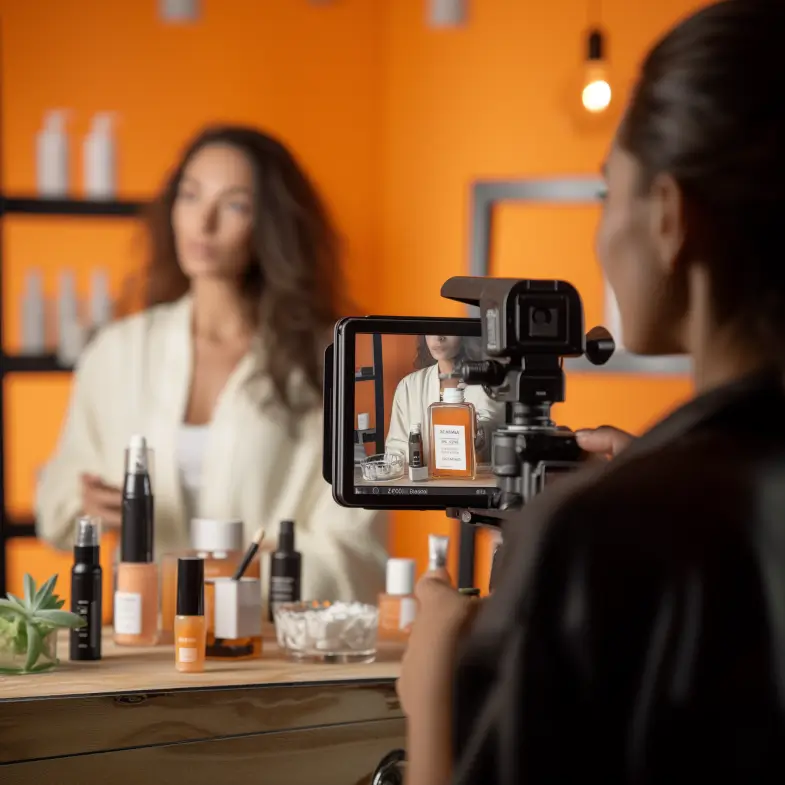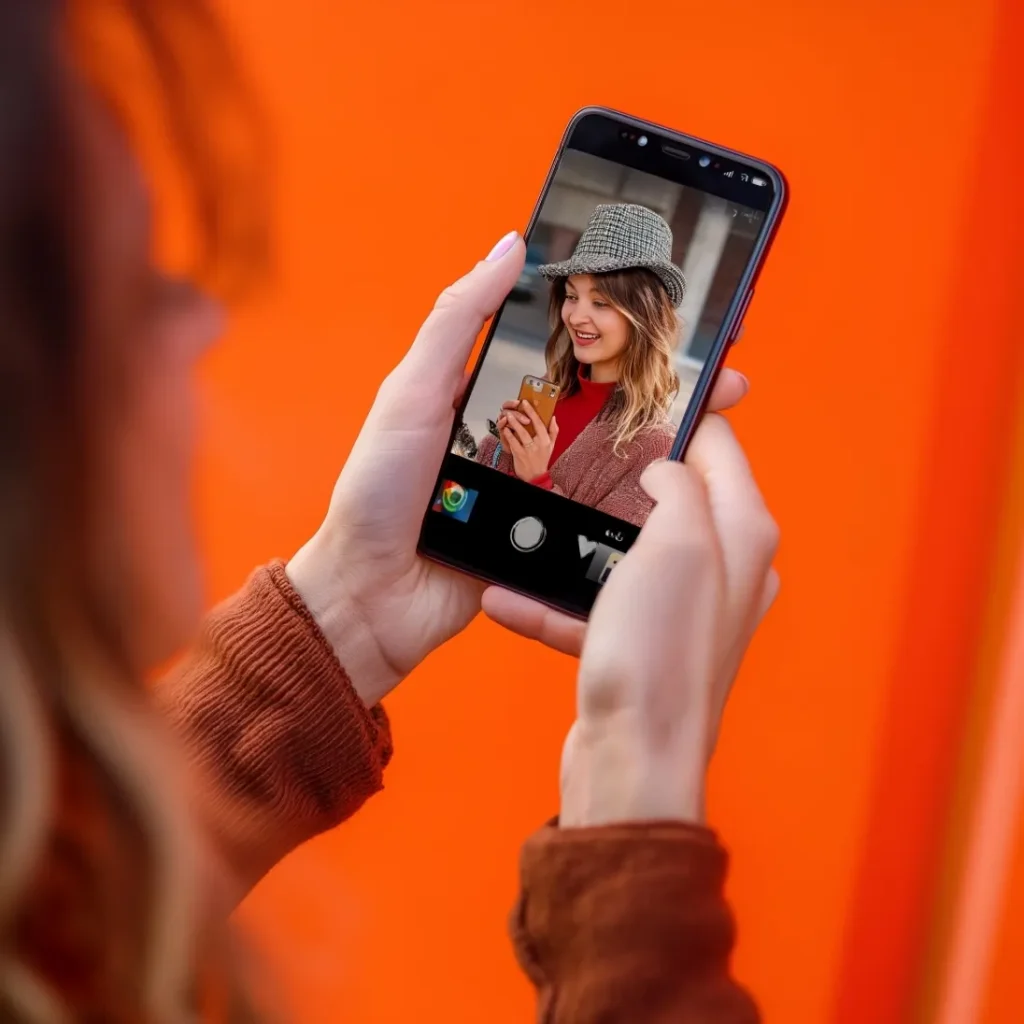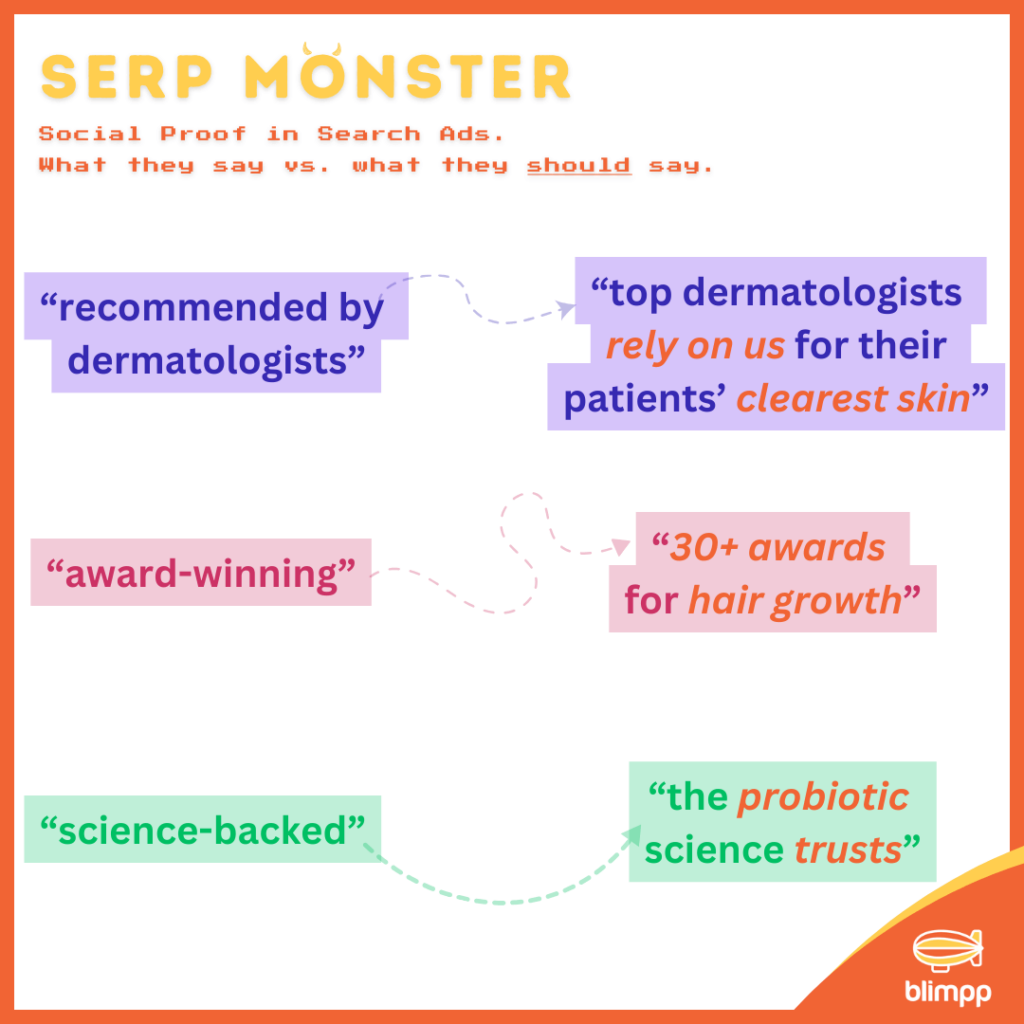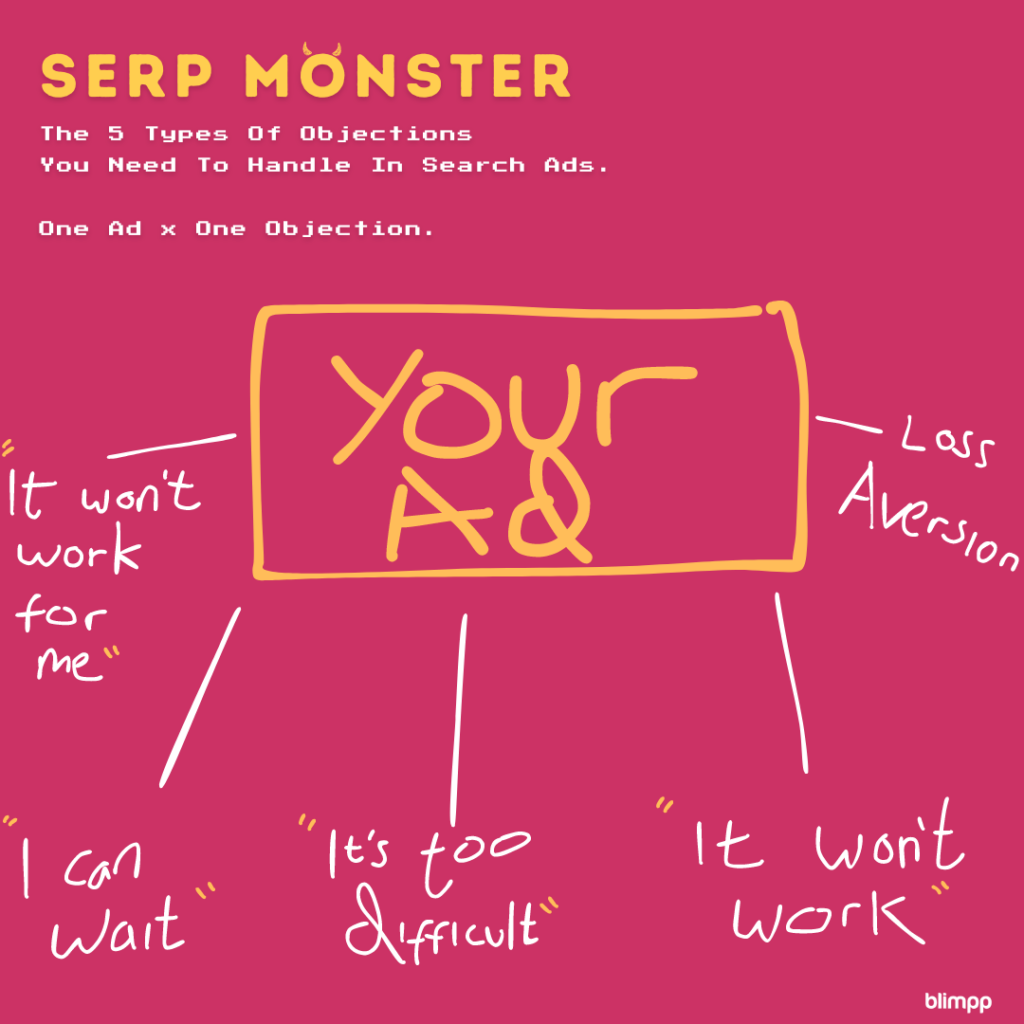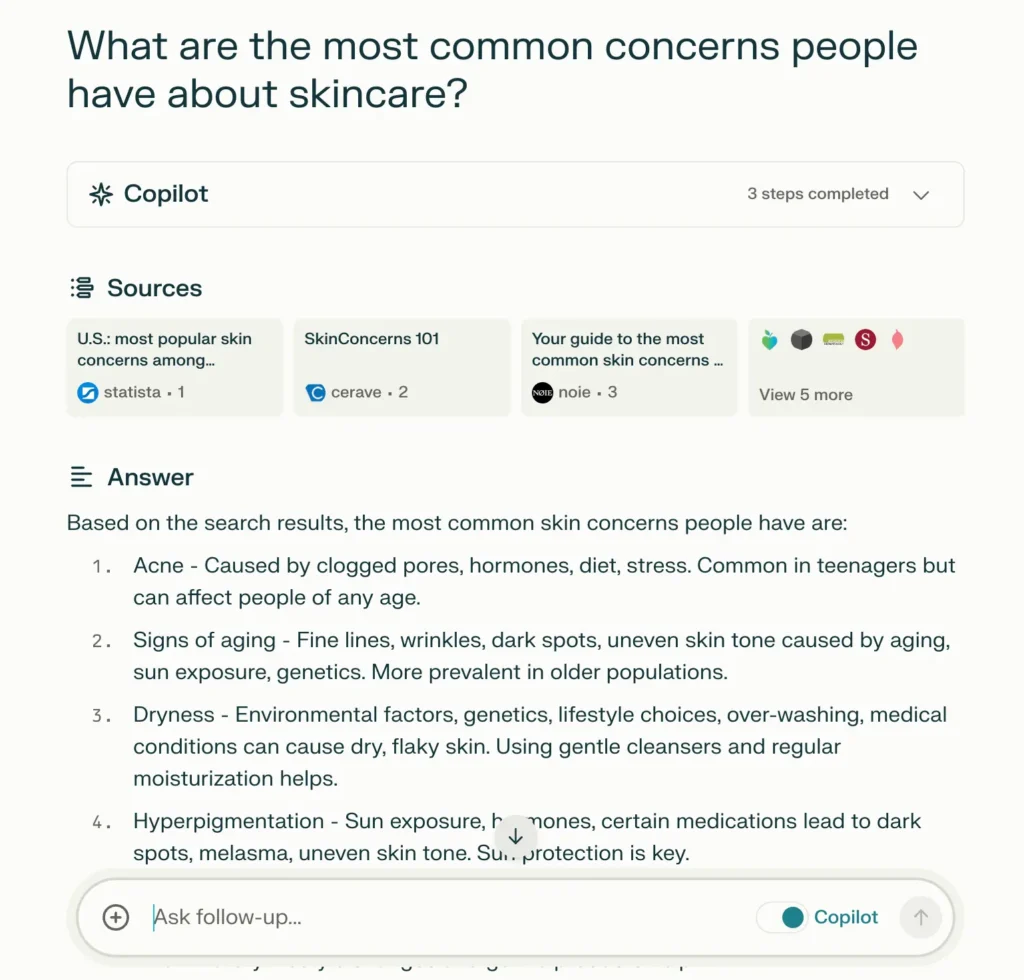Developing a strong brand identity for skincare is instrumental for brands aiming to stand out among countless competitors in a crowded marketplace. Whether spearheading a pioneering skincare startup or reinventing an established brand, implementing a thoughtful branding strategy can prove invaluable for resonating with your ideal target demographic.
This step-by-step guide outlines techniques for researching your audience and rivals, defining your aspirational brand vision and personality, assembling cohesive visual components, and promoting brand identity across online and offline touchpoints.
By adhering to consistency and communicating values through branding decisions, skincare brands both large and small can shape an engaging brand image that endures and captivates long-term.







